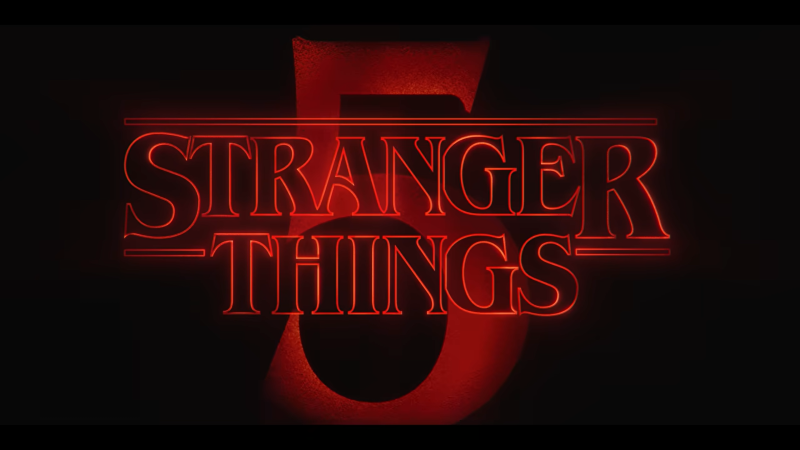Slavery Still Exists
Sign up for a six month free
trial of The Stand Magazine!
Slavery didn’t end with the Emancipation Proclamation.
After watching the news for the past few weeks, I’ve seen how upset some individuals are over pre-civil war slavery and what they think should be done to “right” it. Part of me sympathizes with those hurt years ago. Yet, the other half of me cries for the ones still in bondage. Because regardless of what is said, slavery is not over.
In 1860, there were four million slaves in the United States. But in 2020, the International Labor Organization estimates that worldwide, there are 40.3 million still enslaved today with hundreds of thousands suffering in the United States.
The Old South slavery surge is said to be due to the high production demand that helped uphold the south’s economic market. But today, that demand is due to sex. And for those affected by modern-day slavery, their chains are just as hard to break.
But few are looking to help free them.
As rioters flood major city streets yelling for justice, thousands of men, women, and children suffer in the shadows of slavery.
Do they not deserve justice as well? Are they not important enough to be recognized? Is it more relevant to destroy statues than end a real and oppressing institution?
The media has replaced the cries of the most vulnerable with the screams of entitlement. Meanwhile, millions of women and children are being exploited and sold for sex.
The average age of entry into trafficking is 14 to 16, dramatically affecting children. Many of these victims live their lives believing their worth is a dollar sign or a pleased customer.
On an average day, a pimp can sell a body multiple times. I repeat, a pimp can sell a little girl’s body repeatedly.
And they’re making big bucks doing it.
In 2014, the Urban Institute studied the nature of the trafficking economy in eight different cities. The study proved that, depending on the city of choice, the generated revenue could range from $39.9 million to $290 million. The study also highlighted how pimps could earn an average of $32,833 per week in big cities.
Selling bodies is a profitable market. Unlike drug dealers, who can only sell a drug once, pimps aggressively sell bodies all night and day, making trafficking the fastest growing crime in the world.
Traffickers don’t discriminate against race, economic class, or age.
But some Americans seem to.
Instead of focusing on current victims of slavery, these self-proclaimed justice fighters on the streets of Seattle, New York, and other cities call attention to their own perceived injustices (which are really nothing more than demands for entitlement and recognition) while thousands of young children are being forced to do the unimaginable right now and tomorrow.
A significant reason this industry is overlooked is due to the lack of understanding of the crime. The stereotypical “kidnapping” mantra is only one tactic used. Traffickers incorporate other, more powerful ways to recruit their victims. Some popular ways traffickers are luring or “grooming” victims into sex trafficking are:
- Using the internet and social media
- Building trust through a relationship
- Introducing a new “friend” to lure the victim
- Promising a career
- Romancing the victim into love.
A growing number of children are sold by their parents.
Meanwhile, the children who are the most vulnerable to sexual exploitation per demographic are as follows:
- African American & Latino youth -- 51%
- Children in welfare and foster care systems – 50-90%
- Refugee children – 76%
- LGBTQ youth – 40%
- Homeless children 20%
These are children — without a protector, voice, or a way out. Yet, standing in the street and tearing down monuments is more “important” than defending those suffering now?
We have to wake up, America.
We have to wake up, church.
We have to wake up, believer.
If I could erase the institution of slavery, I would happily do so. But I can’t. No matter how mad, upset, or hurt I am by it, I can’t change it. Yet, I can help bring change to the new wave of slavery. And with it, we can change the course of one, two, or even three hundred thousand souls trapped. But we won’t until Americans stop listening to cries of entitlement and look into the shadows of the suffering. Without attention, there is little hope for the enslaved.
But everything exposed by the light becomes visible—and everything that is illuminated becomes a light. This is why it is said: ‘Wake up, sleeper, rise from the dead, and Christ will shine on you’ (Ephesians 5:13-14).

Sign up for a free six-month trial of
The Stand Magazine!
Sign up for free to receive notable blogs delivered to your email weekly.



















